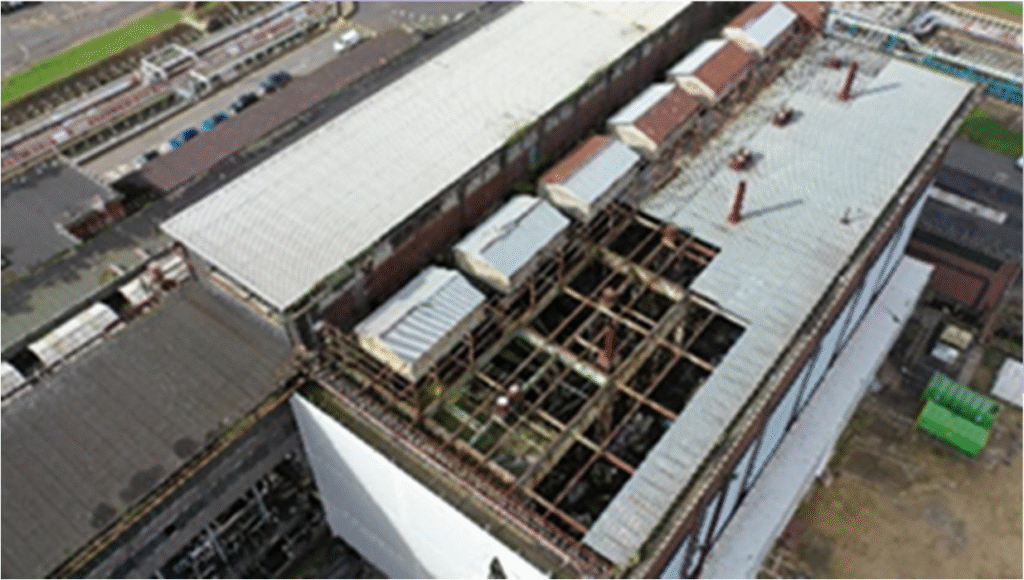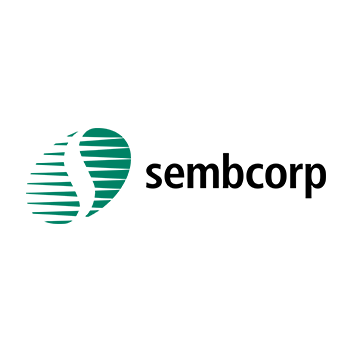Client: Sembcorp Energy UK
Location: Wilton, UK
Sector/Industry: Power
Completion: 2020 – 2025
Project Background
RVA was engaged by Sembcorp Energy UK Limited (SEUK) to provide a holistic suite of services for the decontamination, dismantling and demolition of several redundant assets, including a power station boiler house and associated equipment. Some parts of the plant were constructed in the 1950s and had been out of service for several decades, during which time little or no maintenance regime had been implemented. Many of the structures had severely deteriorated and were classed as ‘no-go’ areas.
The power station had been a part of the original ICI, Wilton site, constructed in phases over several decades commencing in the 1950s. SEUK acquired many of the existing power and steam-raising plants, including many distressed legacy assets.
Challenges
The boiler house and associated plant were in an advanced state of dilapidation, so that entry to the buildings had been prohibited for a number of years. In addition, structural deterioration in certain areas had advanced to a point where roof sections and panelling had collapsed, making normal entry an unacceptable risk.
Furthermore, the boiler house was known to contain significant quantities of Asbestos Containing Material (ACM) and other hazardous residues, for which no reliable records existed.
The redundant boilers were located in close proximity to live plant and equipment.
Solutions
The first challenge was to develop a method that would enable a clear understanding of the internal condition and hazards of the boiler houses to be made without placing anyone at risk from ACM or unstable plant and buildings, using an external drone survey.
Following the collation of data gained from the surveys, a major ACM environmental clean and removal programme commenced and was satisfactorily completed.
Due to the many unknowns in this project, RVA developed, to the satisfaction of the SEUK, a flexible tender pack which accounted for all the commercial risks involved, in order that a fair balance between client and contractor risks could be assessed and an overall best value outcome for SEUK.
Once the buildings and boilers had been declared ‘asbestos-free’, a programme of deplanting and demolition commenced. It was decided that the lowest overall risk and most efficient method of demolition would be by the controlled use of explosives.
RVA reviewed all risk assessments, method statements and preweaken/blowdown design, methodology and stewarded site execution.
Outcome
Following the separation of the boiler house from its associated turbine hall and the development of a detailed and complex methodology, the demolition was successfully carried out.
The processing of the scrap metal and clearance of this site for hand back to SEUK completed a challenging and successful project where the client, contractor and specialist consultants worked as a coordinated team to the benefit of all parties and the upholding of first-class HSE standards.










